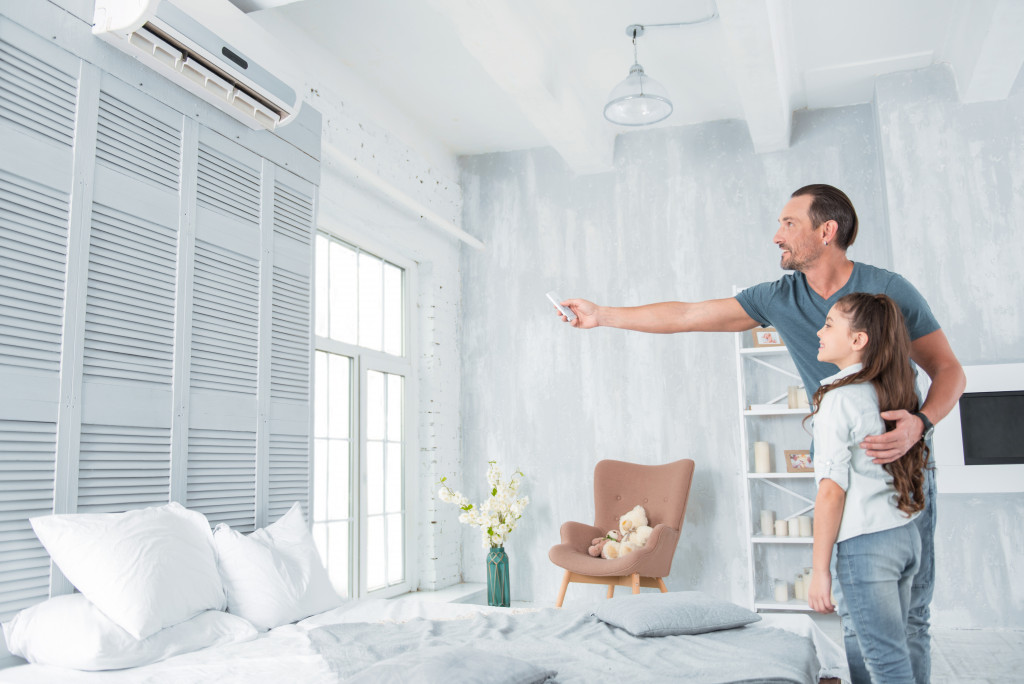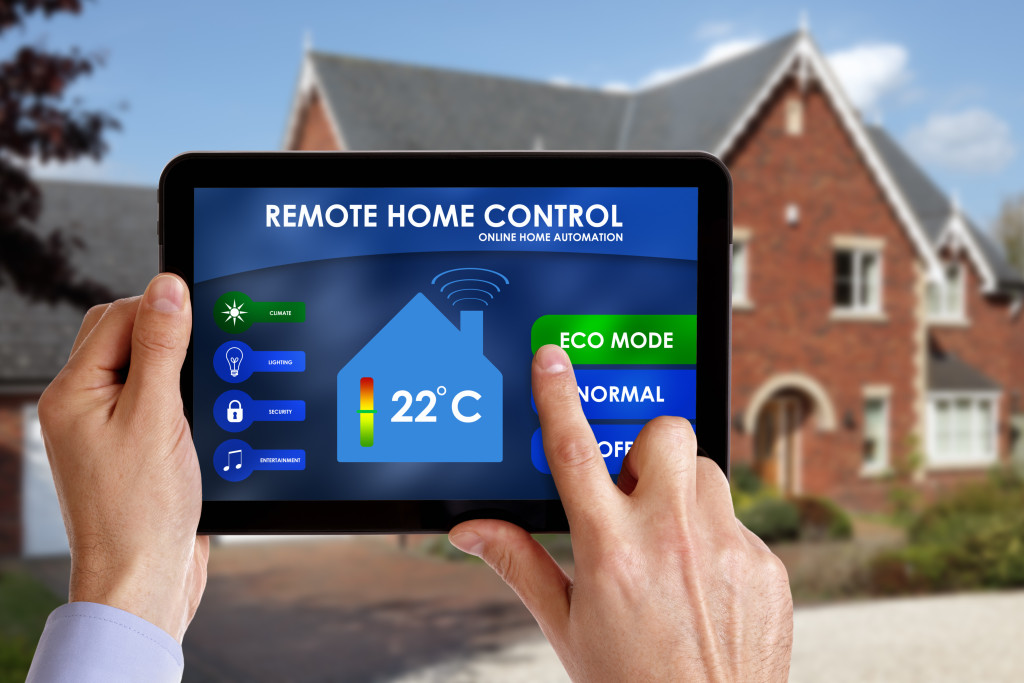After mobile phones and watches became smarter, now, houses are on their way to an upgrade, too.
In recent years, more and more household appliances donned the tag “smart.” They became equipped with screens and the capability to connect to the internet to share information with one another.
Developers of the technology promise that a smart home can improve the quality of life. It can make your daily routines easier and faster. It would be as if you have a butler at home who knows your preferences and your schedules and does everything in advance on your behalf.
However, one potential of smart homes is improving health.
How Technology is Evolving to Aid Humans
Technology has been improving and advancing in order to respond to the demands of humans for comfort and safety. Through the years, cars, for example, have been equipped with new features such as sensors and cameras to reduce the number of injuries and deaths from road accidents. In the future, cars will be autonomous and will be able to zip through highways, dodging other vehicles and stopping for pedestrians.
At home, new devices have been introduced to address concerns regarding health and safety. Smoke and carbon dioxide detectors have, of course, been required in all homes around the world. Nowadays, the Asian tiger mosquito, which is endemic in Southeast Asia, is a new concern as its presence is detected in parts of the United States and Europe. The famous Asian tiger mosquito traps, which can attract and kill the disease-carrying insect, have been developed and are now available on the market.
Similarly, smart home devices can make homes safer, especially in the future.
Home as a Care Center for Seniors
Perhaps, the upgrade to a smart home will benefit those who are living with disabilities and seniors the most. One of the key features of a smart home is better control of household appliances. With a few taps on a smartphone screen, homeowners can adjust the thermostat or turn the lights on and off. With verbal commands to a smart speaker, they can play music or place a phone call to emergency services when needed. It is a way for those who have mobility limitations to live comfortably and independently in their own home.
The lives of the elderly and those who have chronic conditions will also improve with the adoption of smart technology. Their voice assistant will remind them to take their medication as scheduled or eat their meals on time. Wearing a smartwatch can further improve health and safety because loved ones can monitor sleep, physical activity, and other relevant information. The Apple Watch can even detect when a fall has occurred and automatically contact loved ones or first responders.

Virtual reality headsets can also improve home-based care. Through VR, patients recovering from injuries can access physiotherapy and aid in faster rehabilitation.
In addition, patients can quickly access medical help thanks to telemedicine. Although the technology has been around for years, it is only through the pandemic that it has started to pick up. In the coming years, more and more people will connect to a medical professional for any new sensation or discomfort. There will not be a need to go to the hospital for a check-up. Medication can be prescribed online after an online consultation.
Telemedicine also allows for mental health concerns. Patients can speak to their therapist and undergo counseling through a video call without leaving their own homes.
What Lies in the Future
In the future, smart home devices will be more advanced. Imagine a mattress that, whenever you go to sleep, monitors and tracks movement as well as performs a quick scan in order to diagnose potential health problems.
While mattresses of the present are not there yet, there are now beds that are equipped with different features to provide the best quality of sleep you have ever had. There are mattresses that you can adjust the firmness and the temperature on individual sides to create an environment most ideal for sleep.
Further down the line, medical robots might also take over the job of the caretaker or, at least, reduce the responsibilities of human nursing staff. Through time, machines will be able to become more human-like and capable of performing tasks related to home health care, including managing medication, monitoring nutrition, ordering drug refills, and contacting medical professionals for consultations. Robot carers can replace humans and fill in the shortage of healthcare staff around the world.
The smart home industry is expected to grow in the coming years as more households across all countries acquire smart home appliances. In the present, technology is already keeping people safe and healthy inside their own homes. In the future, more devices will come out that are equipped with features that address health and safety concerns.
